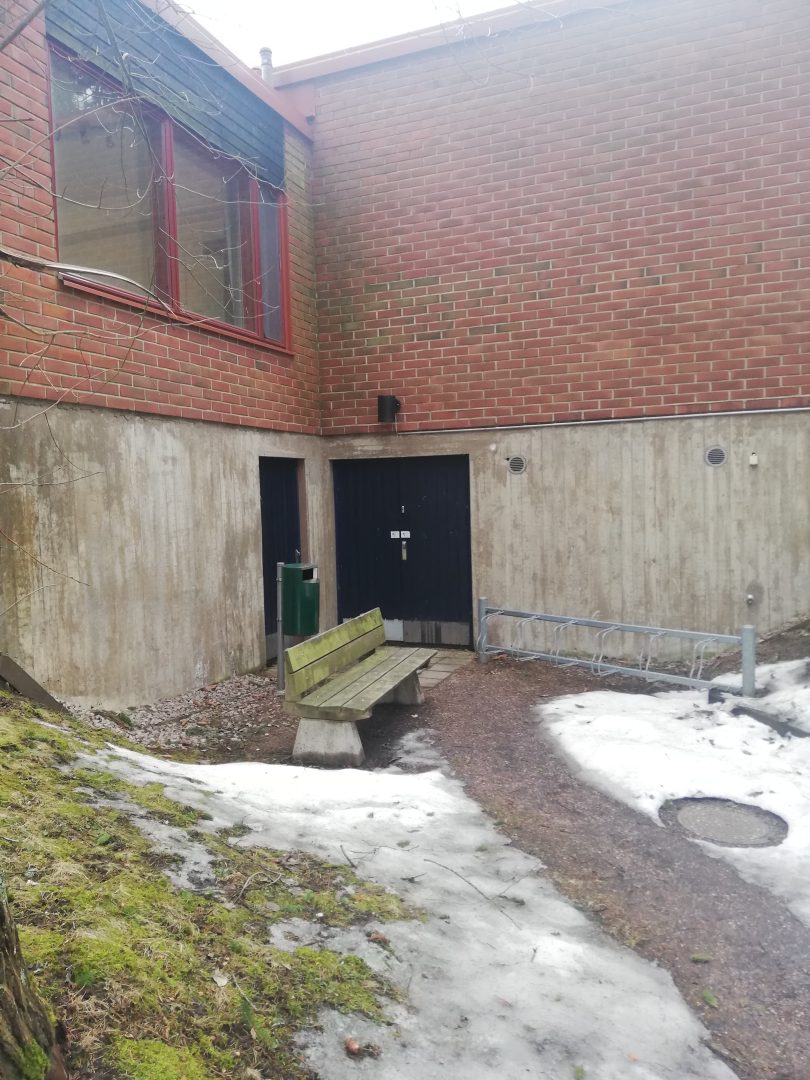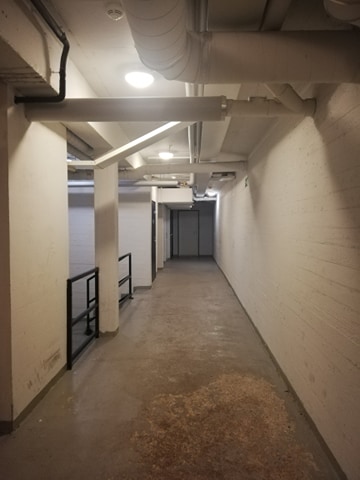By Ieva Laube
Segment of a commentary about the Fear of Violence in public space.
[…] research shows that most cases of accidents and violence against women, children and the elderly happen at home, therefore warning about danger in public space could be unreasoned. (Pain, 2021) It is also true that most of such crimes are committed by persons close to the victim. However, as the author further examines, the safety and fear in various spaces are interconnected, and experience of violence in private space affects the feeling of security in public space at an individual and societal level. Therefore, it should be acknowledged that unsafe acts of behaviour in private directly affect one’s use of public space.
An example that illustrates the decrease in crimes and exclusion of women in public spaces in India (rated as the world’s most dangerous country for women in 2018[1]) is the app ‘SafetiPin’. “The app tries to help women stay safe by letting users rate streets and areas for safety criteria such as lighting, visibility, people density, gender diversity, security and transportation.”[2] The data is also used by local governments and planners that have enacted change in the planning of public space. That in turn helps limit harassment and violence that hinder free movement of girls and women, diminish their ability to study or work, which in turn affects their rights, empowerment and, in some cases, also the chance to escape poverty.
[1] https://www.theguardian.com/global-development/2018/jun/28/poll-ranks-india-most-dangerous-country-for-women
[2] https://www.theguardian.com/cities/2018/dec/13/what-would-a-city-that-is-safe-for-women-look-like



